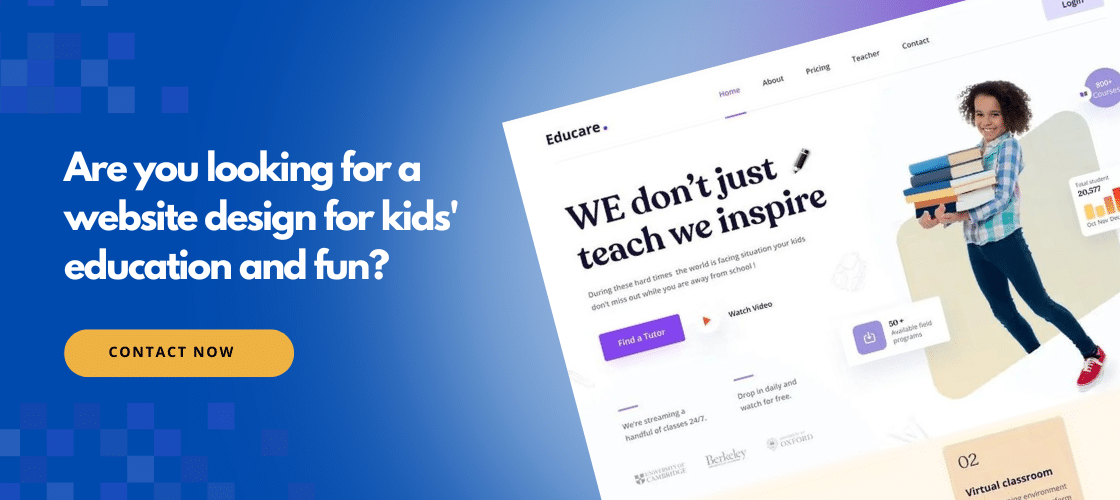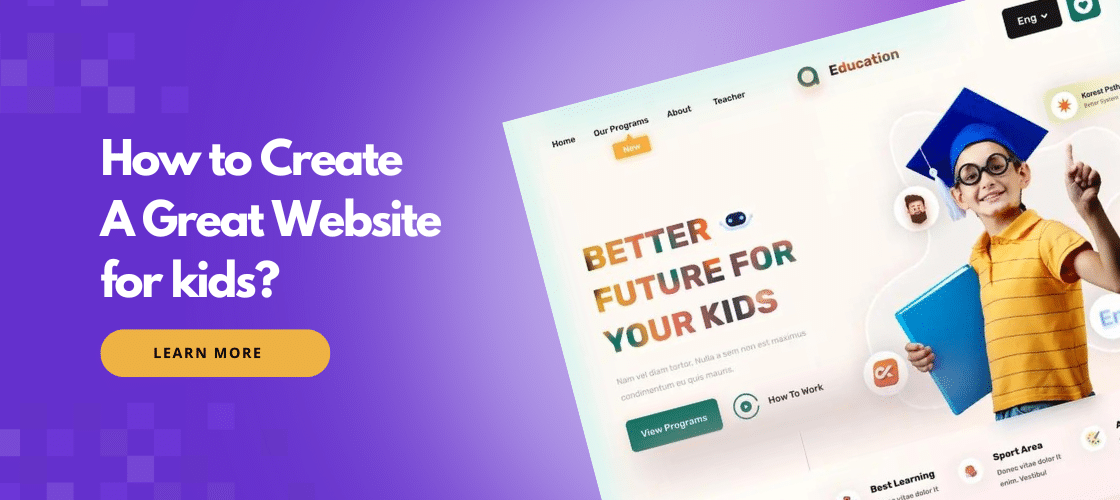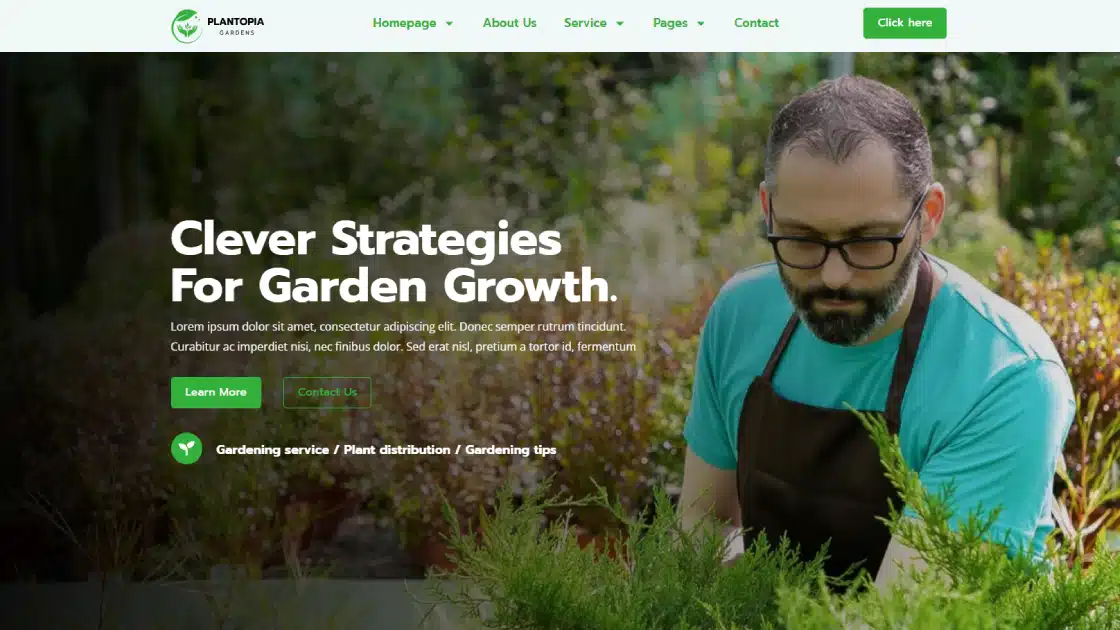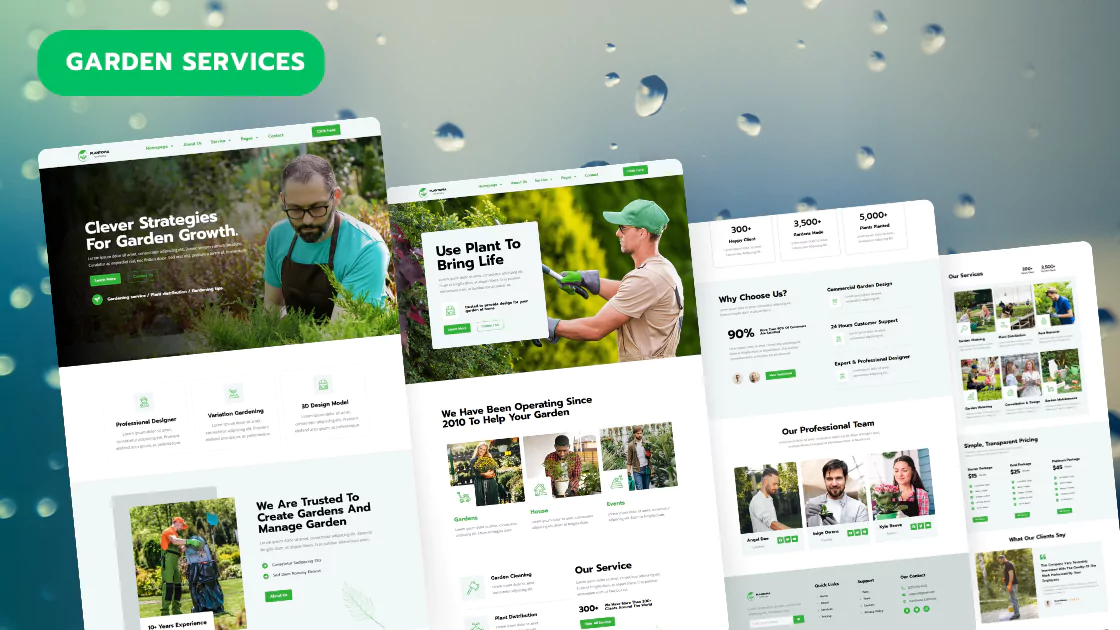Designing a website for kids is a challenging task that requires a different approach compared to designing websites for adults. With younger children being the target audience, it’s important to consider their needs and interests when creating a website. In this article, we’ll share some tips on how to create a great website for kids that engages and delights them.
Understanding Your Audience
Before you start designing your website, it’s important to understand your target audience. Children have different needs and interests compared to adults, and designing a website that appeals to them requires a different approach. You need to consider factors such as age, gender, interests, and cognitive abilities when creating your website.
To design a website that engages children, you need to create a website that they will enjoy using. This means including elements that are visually appealing and interactive. You also need to make sure that your website is easy to navigate, with clear instructions and a simple user interface.
Designing a Website with Bright Colors and Shapes
One of the key elements of designing a website for kids is using bright colors and shapes. Children are naturally attracted to bright colors, and including them into your website can help make it more engaging and visually appealing. Use bright colors to highlight important elements on your website and make them stand out. For example, you can use bright colors for buttons, links, and other interactive elements.
In addition to bright colors, you can also use shapes to make your website more visually interesting. Incorporate shapes into your design elements, such as buttons and icons, to make them more engaging. You can also use shapes to create patterns and backgrounds that are visually appealing.
Using Age Appropriate Design Elements
When designing a website for kids, it’s important to consider their age group. Younger children have different needs and interests compared to older children, and designing a website that appeals to them requires a different approach.
Younger kids may like websites that are easier to use, with big buttons and lots of pictures. Older kids may prefer websites that are more complicated, with smaller buttons and more words to read.
To create a website that appeals to a wide range of age groups, it’s important to use age appropriate design elements. This means using fonts, colors, and images that are appropriate for the age group you are targeting. For example, you can use cartoon-style images for younger children and more realistic images for older children.
Creating Interactive Elements
Children love interacting with websites, and including interactive elements into your website can help make it more engaging. Interactive elements can include games, quizzes, puzzles, and other activities that children can do on your website. These elements can help keep children engaged and entertained while they are using your website.
When designing interactive elements, it’s important to make sure that they are age appropriate and easy to use. Younger children may prefer simpler games and activities, while older children may prefer more complex challenges. Make sure that your interactive elements are intuitive and easy to navigate, with clear instructions and feedback.
Providing Educational Content
In addition to being fun and engaging, your website can also provide educational content for children. Educational content can include articles, videos, and other resources that teach children about different subjects. By providing educational content, you can help children learn while they are having fun on your website.
When creating educational content, it’s important to make sure that it is age appropriate and accurate. Use simple language and clear visuals to help children understand the content. You can also incorporate interactive elements, such as quizzes and puzzles, to help reinforce the learning objectives.
Designing a User-Friendly Interface
One of the most important aspects of designing a website for kids is creating a user-friendly interface. Children may not have the same level of computer literacy as adults, and designing a website.

Types of Websites for Kids
When it comes to creating a website for kids, it’s important to consider the different age groups and their interests. There are several types of websites that are popular among kids, each with its own unique design elements and functionalities. Here are some of the most common types of websites for kids:
- Educational Websites: Educational websites are a great way to help younger children learn new things in a fun and interactive way. These websites usually feature bright colors, fun animations, and games that help kids learn and reinforce important concepts.
- Entertainment Websites: Entertainment websites for kids are designed to provide a fun and entertaining experience for children of all ages. These websites often feature games, videos, and other interactive content that kids can enjoy on their own or with friends.
- Social Networking Websites: While social networking websites are primarily designed for adults, there are also several social networking websites that are specifically designed for kids. These websites provide a safe and secure environment for kids to interact with their peers, share their thoughts and ideas, and make new friends.
- E-commerce Websites: E-commerce websites for kids are designed to sell products that are specifically targeted towards children. These websites usually feature colorful designs, fun animations, and interactive features that make it easy for kids to find and purchase products they love.
- Gaming Websites: Gaming websites for kids are designed to provide a fun and engaging gaming experience for children of all ages. These websites usually feature a wide variety of games, from simple puzzle games to more complex role-playing games.
Creating a Website for Kids – Step by Step
Now, let’s see how to make a website for kids after talking about the various types of websites designed for them.
- Define Your Audience: The first step in creating a website for kids is to define your audience. Determine the age group you’re targeting and their interests. This will help you create a website that is tailored to their needs.
- Choose a Website Builder: There are several website builders available that are specifically designed for creating websites for kids. Choose a website builder that offers the features and functionalities you need to create a great website.
- Select a Design: Once you’ve chosen a website builder, it’s time to select a design. Choose a design that is visually appealing and fits the needs of your target audience.
- Add Content: Once you’ve selected a design, it’s time to start adding content. Make sure your content is age appropriate and engaging. Use bright colors and fun animations to make your website more appealing to kids.
- Test Your Website: Before you launch your website, it’s important to test it to make sure everything is working properly. Test all links and make sure all pages load quickly.
Conclusion
In conclusion, designing a website for kids requires careful planning and attention to detail. To make a website that kids of all ages will enjoy and learn from, you can learn about the different types of kid friendly websites and follow our simple steps. Remember to focus on creating a great user experience and to make your website fun and visually appealing. With the right approach, you can create a website that kids will love and parents will appreciate.





3 thoughts on “Website Design for Kids: How to Create a Great Website”
My brother recommended I might like this web site. He was totally right. This post actually made my day. You cann’t imagine just how much time I had spent for this information! Thanks!
Every time I read one of your posts, I come away with something new and interesting to think about. Thanks for consistently putting out such great content!
I loved you more than words can explain. Your image is lovely and your writing is eloquent, yet you read it quickly. I think you should try again soon. If you make this travel safe, I’ll probably do it again.